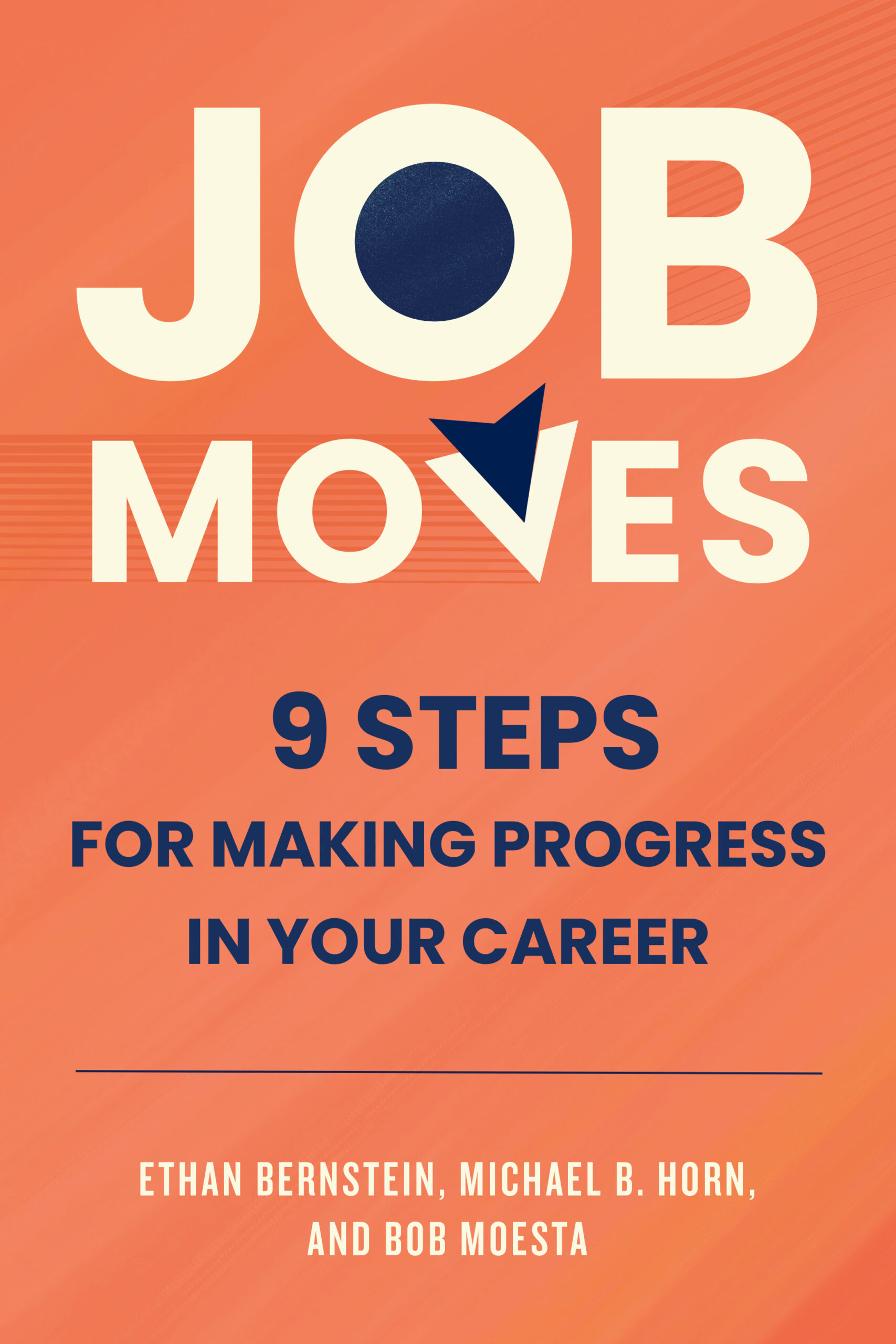As Income Share Agreement Politics Heat Up, San Diego Debuts First Renewable Learning Fund
Stifling student loan debt has spiked the interest in moving away from using loans to finance students’ education and instead using Income Share Agreements (ISAs), which collect a set percentage of a student’s future income. Students who fail to meet minimum income thresholds pay nothing when earning below the threshold.
In other words, students aren’t on the hook for burdensome loan payments if they don’t get good jobs after leaving a school.
ISAs have caught fire in the coding boot camp arena, and an increasing number of four-year institutions like Purdue University have launched ISA programs as well for students.
In December 2017, I hypothesized in this space that ISAs could also be used to create “renewable learning funds” to transform workforce development. Renewable learning funds would essentially be federal, state, and municipal government and philanthropically funded vehicles that replenished themselves as students paid a small percentage of their income back into the funds over time to create a more sustainable source for training workers.
Last month the San Diego Workforce Partnership (SWDP), a non-profit workforce development board, and the University of California San Diego Extension school announced the launch of the Workforce ISA fund. I was interested that Andy Hall, the chief operating officer of SWDP, had noted that he had come up with the idea for the Workforce ISA fund after reading my piece, so I caught up with him to learn more given the rising interest in ISAs.

0 comments